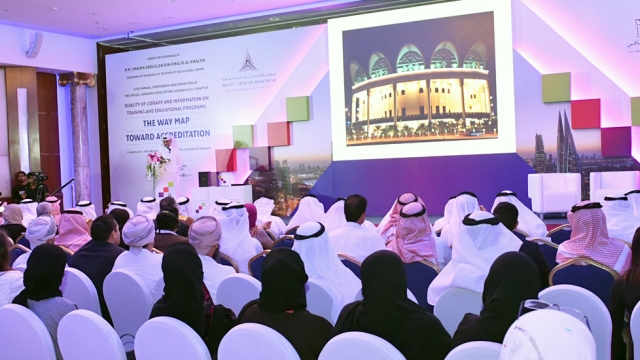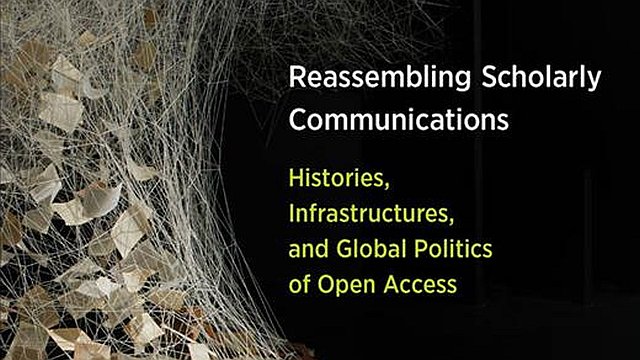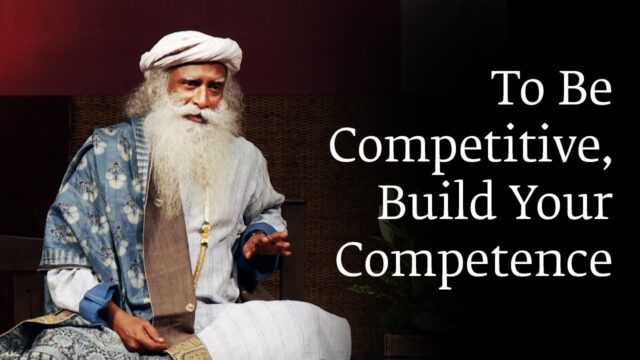
How can knowledge management be better applied in academic libraries?
As Andre Saito discusses in an article in RealKM Magazine’s Educating Knowledge Managers series, knowledge management (KM) seems to be a natural extension to the field of library and information science (LIS). I’ve also personally experienced the skills and expertise that LIS professionals can bring to KM initiatives, having worked with a team of librarians on an innovative national program.
However, Todd & Southon1 pointed out in 2001 that “knowledge management is not the same as information management, and while there are understandings and skills that appear to overlap … formal education and training programs for knowledge management need to be responsive to this.”
Also in 2001, Townley2 further states that libraries do not manage knowledge as well as they manage information.
Has anything changed since 2001? A recent study3 set out to see if academic libraries are now focusing on knowledge management and/or if they should be. A literature review was conducted, the results of which were then critically analysed in comparison to the 10 points of library best practice in the Guidelines for Continuing Professional Development published in 2016 by the International Federation of Library Associations and Institutions (IFLA).
The study found that there is little literature on KM for librarians as knowledge workers. It appears that the focus of librarians has been mainly on information management and how information can be provided to library users in order for them to translate it into knowledge. The study author concludes that it seems clear that a focus on the knowledge and skills of library staff and the management of this would be a fruitful way to face future library challenges, and as librarians are becoming increasingly knowledge workers, a focus shift must be made to facilitate this.
The study found a strong correlation between Wiig’s knowledge management circle of building, holding, pooling and using knowledge and the IFLA’s 10 points:
- Regular learning needs assessment
Assessment of learning needs will correlate with Wiig’s point of building knowledge where obtaining, analysing and organising knowledge is the goal. Building knowledge consists of five major activities: 1. Obtain knowledge, 2. Analyse knowledge, 3. Reconstruct/synthesize knowledge, 4. Codify and model knowledge, 5. Organize knowledge. The analysing of knowledge is clear in this first point. In order for library staff to be up to date on new skills and knowledge, it is important that library management has a clear understanding of what knowledge is needed.
- Broad range of learning opportunities, both formal and informal; formal offerings in a choice of formats, designed to meet identified needs, in modules structured to cover topics from introductory through advanced.
This point can be associated with the pooling of information where learning is planned for groups and individuals where knowledge is coordinated and accessed in a social learning process. It can also be understood as the need for professional communities of practice where socio-cultural learning takes place.
- Organizational commitment and leadership from staff development and continuing education administrators with expertise in adult continuing education.
- Widely disseminated information about continuing education and resources, accurately described.
Both point 3 and 4 are closely connected to building knowledge, where staff development is an important factor for obtaining and codifying and modelling knowledge.
- CE activities design that includes learning objectives aligned with identified needs; follows principles of instructional design and learning theory; selects course instructors on the basis of both subject knowledge and teaching ability; attends to transfer of training and feedback.
Transfer of training and feedback can be understood as both holding and pooling of knowledge where knowledge is archived in knowledge management systems (KMS) and used in a social setting for learning and accessing knowledge.
- Consistent documentation of individuals’ participation in learning and recognition of continuing learning in hiring and promotion decisions.
Documenting the knowledge in an organization can be thought of as holding knowledge where the knowledge is archived and internalized in the employees’ minds or held in more tangible forms.
- A minimum of 0.5–1.0% of institutional budget earmarked for staff development, as stated in the IFLA Public Library Service Guidelines.
- About 10% of work hours provided for attendance at workshops, conferences, in-service training, and other educational activities, and for informal learning projects.
- Evaluation of continuing education and staff development offerings and program.
- Research that assesses the state of CPD and examines the efficacy and outcomes of continuing education and staff development programs.
Points 7–10 all focus on evaluating and assessing the opportunities for staff development and identify library management’s responsibility to prioritise and make it happen. This can be understood as building knowledge in Wiig’s KM model. Analysing and organising knowledge, reconstructing, codifying and obtaining new knowledge are the steps that constitute the building of knowledge.
The study author states that it is clear that these 10 points all have a very close link to KM, so KM methods could and should be applied in order to manage and develop academic libraries. This can be done by using Wiig’s model of the knowledge management cycle. Knowledge must be built, held, pooled and used. To build knowledge it is important to map out what knowledge is needed and how this can be obtained.
The study alerts that obstacles to KM must also be considered before choosing a strategy and implementing it. Although KM is a useful tool, there are some potential obstacles to implementation in academic libraries. The challenge of motivating employees must be considered, but the mapping of competencies will often also map out lack of competencies. This could, in some cases, even demotivate employees. Also, knowledge is difficult to measure. Further, one size does not fit all, and knowledge management must be adjusted to its settings in order to be of use.
The author recommends that more research would be of interest to map the challenges and benefits of KM when it comes to library staff competencies and skills.
Article source: Managing knowledge in academic libraries. Are we? Should we? is licensed by CC BY 4.0.
References:
- Todd, R. J., & Southon, G. (2001). Educating for a knowledge management future: Perceptions of library and information professionals. The Australian Library Journal, 50(4), 313-326. ↩
- Townley, C. T. (2001). Knowledge management and academic libraries. College & research libraries, 62(1), 44-55. ↩
- Daland, H., (2016). Managing knowledge in academic libraries. Are we? Should we?. LIBER Quarterly. 26(1), pp.28–41. DOI: http://doi.org/10.18352/lq.10154 ↩
Also published on Medium.






